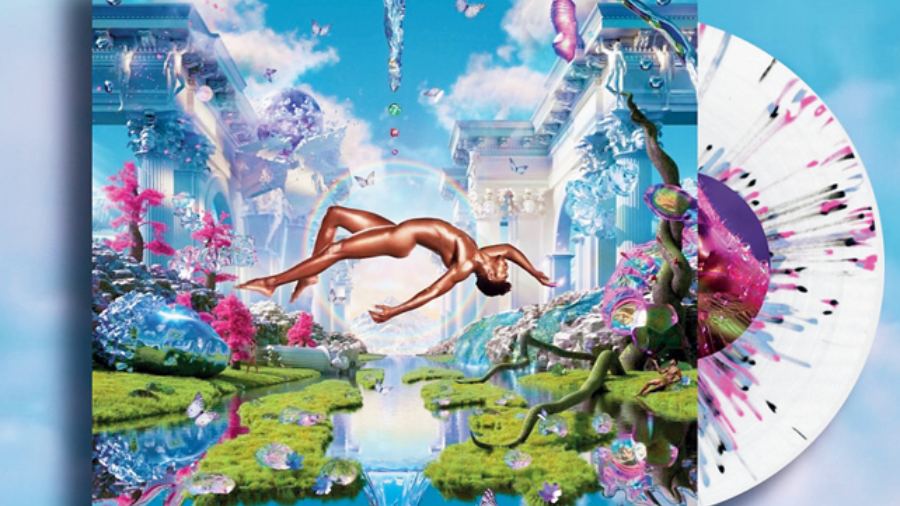There is nothing that speaks of a record’s mood and essence more than its cover art. Capturing the zeitgeist or just tributing bygone cultural markers, album cover artworks have always been sources of immense intrigue and collective fascination. Often in defiant stencils of expression and bold statements, vinyl sleeves have stood to be units in themselves, speaking visual languages in their characteristic restraint or sinful indulgence. t2oS picks few of the greatest artworks on recent records that make one take more than a gander, boasting of work that speaks volumes and sings after the music stops.
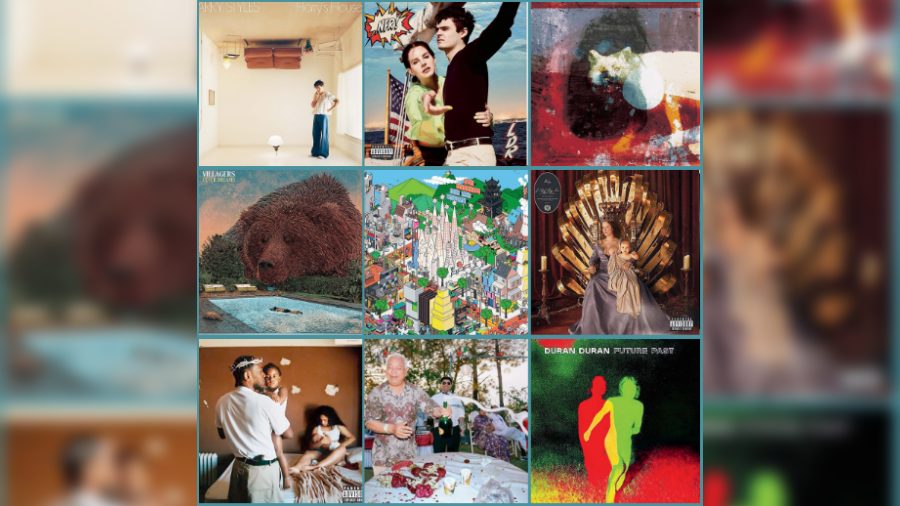
Kendrick Lamar: Mr Morale and The Big Steppers (2022)
Shot by Renell Medrano, the cover on Kendrick Lamar’s long-awaited album features Kendrick wearing a crown of thorns, holding a toddler, while his partner Whitney Alford is seated in the background holding a baby. As powerful as Lamar’s work gets, the cover stands testimony to his unbridled expression fusing themes of protection, familial duty, repentance, religion, fatherhood, generational trauma and infidelity, standing as a raw self-reflective piece of work that doesn’t try to mask anything. Lurid and unapologetic in its mood, the unmade bed, the holes in the wall and the tucked-in gun exudes a powerful statement. The Lamar way.
Lil Nas X: Montero (2021)
The exquisitely detailed album cover designed by Charlotte Rutherford depicts Lil Nas X levitating against the backdrop of a mystical fantasyland with a crumbling palace, distant snow-capped mountains, butterflies, dashes of purple, green and a rainbow halo around Lil Nas X’s glistening naked body. Inspired from John Stephens’ Genesis II, the album draws references from the book of Genesis as well, where the album is meant to allude to the circularity of life. Lil Nas X’s churning of biblical depictions and imageries to create a dissident sexual language and something delightfully queer is brought in the tracks as well. Sharing a picture of Spongebob Squarepants raptured in a rainbow as another supposed inspiration behind the artwork, Lil Nas, quite industriously, knocked it out of the park.
The Wombats: Fix Yourself, Not the World (2022)
Designed by German-American Pixel Art Collective eBoy, the album cover on The Wombats’ fifth album features an intricately detailed pixel art cityscape with an incredibly bright palette. Calling the artworks Pixoramas, the almost Sim City-esque artwork arrived through a contemplative process of discovery. Capturing the paranoia and struggles of everyday life, the album also talks about the individual and the society, inspired by Carl Jung’s ideas on the same. The album sleeve does justice to the themes with its packed details, and pixelated rendition of the mechanical diurnal humdrum of city life.
The Villagers: Fever Dreams (2021)
Flavoured with a woozy, psychedelic feel, The Villagers’ Fever Dreams cover art created by artist Paul Phillip stands to be something to peacefully marvel at. The sense of solitude and placidity is juxtaposed with an impending sense of disquiet and threat. It features a bear by a swimming pool alluding to the Ursa Major constellation through which, as mentioned by the band, the theme of scale is brought out in its intellectual curiosity on the grand design of things. ‘Lying in the sea, looking up into the sky’. The album cover, like the music, eases into the overwhelming sense of the unknown while the peace in accommodating patterns remains unsoiled. Stands to be an artwork one would not get tired looking at for hours.
Halsey: If I Can’t Have Love, I Want Power (2021)
Inspired by Jean Fouquet’s Renaissance painting called the Melun Diptych, the cover features Halsey seated on a golden throne, dressed in royal purple, holding a baby with her left breast exposed. Seeking to portray the joys and horrors of pregnancy, the photograph pierces through associated social stigmas and arrives as a statement in reclaiming autonomy over the body, and her existence negotiated by untethered sexuality and power. Bravely stands to be an iconic piece of art.
Mogwai: As The Love Continues (2021)
Post-rock band Mogwai’s 10th studio album features a cover as hypnotic as their multilayered soundscape. Designed by Dave Thomas, the sleeve features an edited mesmeric early 20th century picture of an Arctic fox from The Library of Congress’ glass negative image clicked by Russian photographer Sergey Prokudin Gorsky. In its subtle shift of moods and textures, the album cover, hailed as one of the finest in the past couple of years, stands justifiably inexplicable, but brings out an abstract representation of Mogwai’s swirling sound.
Lana Del Rey: Norman F***ing Rockwell (2019)
One of the most talked-about album covers of the recent era, the album cover features a photograph of Lana with Duke Nicholson, Jack Nicholson’s grandson, flanked by the American flag sailing away into the sunset with Los Angeles burning in the backdrop. Photographed by Chuck Grant, Lana’s younger sister, the sky is painted with noticeably expressive brushstrokes while the album name is projected in a jarring pop art bit. In tune with the artist Norman Rockwell’s portrayal of the decadence of American society at large, Lana’s mood is of disillusionment with LA, signifying fame, music and success and the American Dream, at large. She’s photographed sailing away into the distant with an extended hand to access a higher artistic realm away from the frustrating confines of the American glitz.
Duran Duran: Future Past (2021)
Legendary band Duran Duran felt the name of their 15th album essentially talked of their band’s place in the musical scheme of things. A significant part of the British New Wave, Duran Duran’s latest album features a blended artwork of a pair of photographs by Daisuke Yokota, originally in black and white. While one of the figures is stationary, the other is caught in an act of running off. The band members talked about the cover representing what they feel as a band at this point, negotiating between the untamed glories and styles of the past and exploring the new and the unknown. The cover art has been dubbed as one of the best in recent years, keeping in line with the band’s impressive history of covers.
Harry Styles: Harry’s Home (2022)
Shot by photographer Hannah Moon, his latest album features a pensive Harry dressed in a linen shirt and flared trousers, standing in a room with a table lamp and a lounge chair captured upside down. Radically shifting from the colourful and peppy Fine Line Era, the new album borders on the soft and the monochromatic minimal. Reminiscent of Fleetwood Mac’s album Tusk’s sleeve, just like its soundscape, Harry’s House is meditative and calming with the beige aesthetics in tandem with the mood of the mellow numbers.
Peter Cat Recording Co.: Bismillah (2019)
Blending in a drifty, soul, jazzy vibe with retro discotheque embers, Peter Cat Recording Co. have established themselves as one of the most delightfully experimental groups in India with a particular aesthetic at play. Traversing through various stylistic tempers and moods, the album Bismillah’s cover features a polaroid from frontman Suryakant Sawhney’s wedding, capturing Sawhney’s father-in-law in a happy state of stupor, with visuals from the ceremony, which contributed to the artwork on the record.

Vinyl sales and more
The surge in vinyl sales continues but, at the same time, we shouldn’t imagine a future where this physical format will once again rule. The good news: According to a report from entertainment data tracker Luminate, vinyl sales in the first half of this year has been good because of new releases, especially Harry Styles’s album Harry’s House, which sold 183,000 copies in the US during its first week of release in May, shattering the previous record for first-week physical album sales in recent years. Also shifting enough units has been Tyler, The Creator’s Call Me If You Get Lost. The report says that that vinyl sales in the US exceeded 19.4 million for the first six months of the year.
Across the world, independent stores and online retailers still dominate the market, accounting for (in the US) 52 per cent and 31 per cent, respectively, of all vinyl sales. A landmark moment arrived last year when vinyl sales exceeded $1 billion for the first time since 1986.
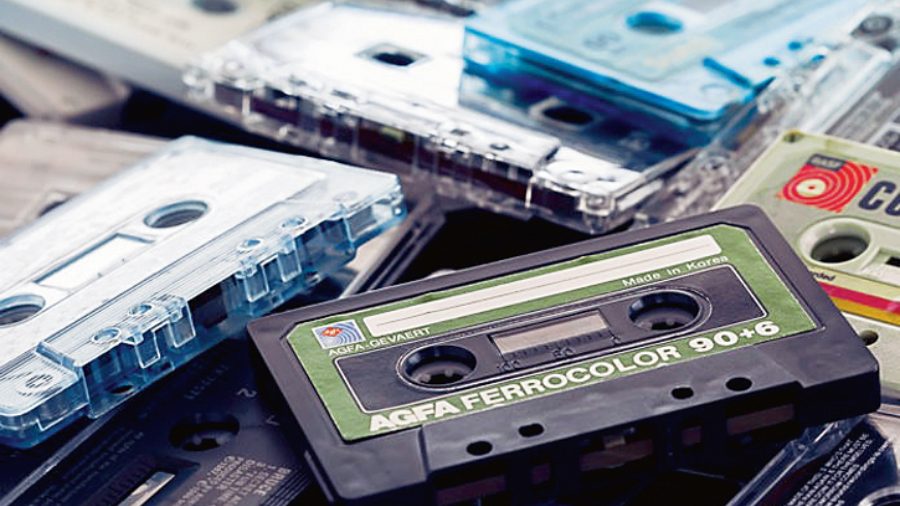
At the same time, sales of cassettes almost doubled from 2020 to 2021, jumping from 173,000 to 343,000 and the trend is continuing in 2022, with year-to-date sales of 215,000, according to Luminate. Helping generate interest in cassettes is Netflix’s Stranger Things 4 as youngsters love things from the analogue age… things they didn’t get to experience themselves.
But we shouldn’t overlook where music streaming is headed. On-demand song streams are showing a 10.6 per cent increase over the first half of 2021 in the US, and Luminate reports a 9.3 per cent increase in US total album consumption (album sales plus equivalent revenue from song sales and streams) and a 12.4 per cent gain in on-demand audio streams. Global streaming growth has been more pronounced as 1.6 trillion audio plays worldwide represents 24.7 per cent growth over H1 2021.
Greatest Vinyl Cover Designers Of All Time
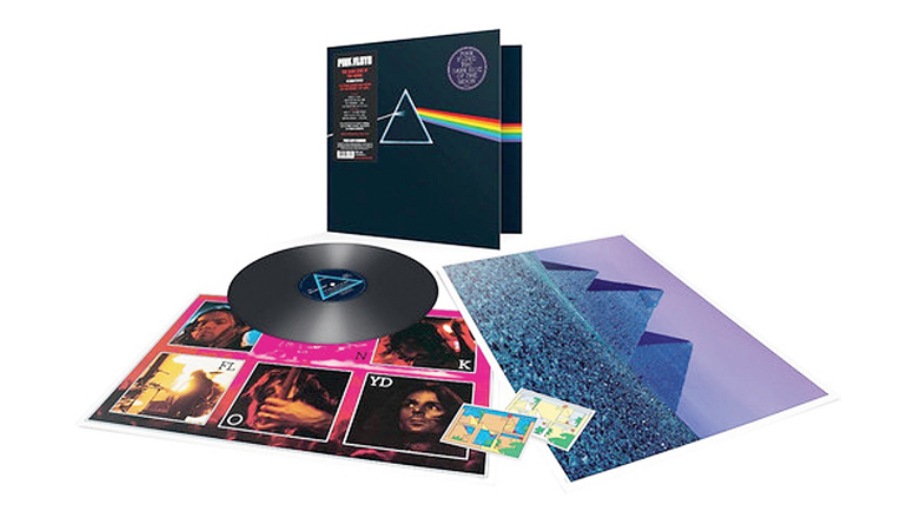
Hipgnosis
Hipgnosis were an English Art Design group consisting of Storm Thorgerson and Aubrey Powell. Associated with the leading acts namely Pink Floyd, Led Zeppelin, Black Sabbath, Genesis et al, Hipgnosis used strong visual manipulation on photographs, toying with exposure, airbrushing and packing, alluding to the mood and the lyrics on the records.
Best work: The Dark Side of The Moon (Pink Floyd, 1973)

John Berg
A doyen of album art direction, Berg won four Grammy awards in his life, being nominated 26 times. Having worked at Columbia Records as an Art Director, on over 5,000 album covers, he was associated with Bob Dylan, Barbra Streisand, Bruce Springsteen, Chicago, Simon and Garfunkel.
Best Work: Bob Dylan’s Greatest Hits (1967)

Sir Peter Blake
The most prominent figure in the budding years of pop art movement in Britain, Blake had been commissioned to create several album sleeves for The Beatles, Band Aid, The Who and Oasis. Was knighted in 2002.
Best Work: Sgt. Pepper’s Lonely Hearts Club Band (The Beatles, 1967)
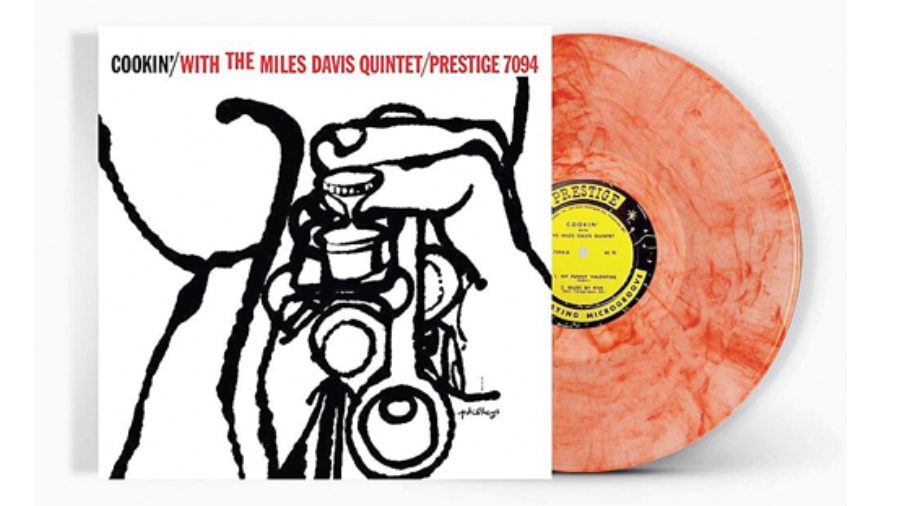
Reid Miles
An American Modernist designer, Miles is best known for his work for Blue Note Records during the ’50s and the ’60s. Using unique vivid imagery through shapes, fonts and colours, Reid designed the cover for the few of the best jazz and country albums, leading up to the ’70s.
Best Work: Cookin’ with The Miles Davis Quintet (1956)
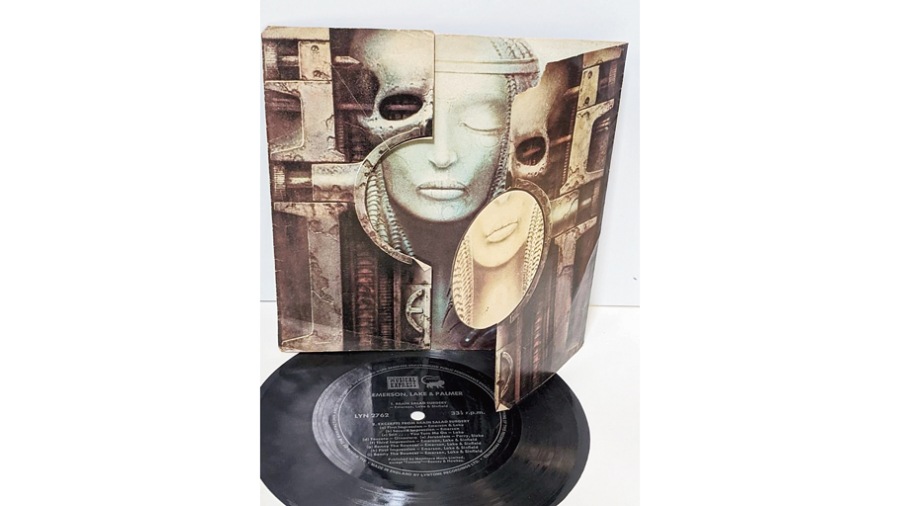
H.R. Giger
Establishing the ‘biomechanical art style’ and his signature airbrushed images, Giger’s works represented the interconnected relationships between human bodies and machines. Part of the team that won the Oscar for Ridley Scott’s The Alien.
Best Work: Brain Salad Surgery: Emerson Lake and Palmer (1973)

The album sleeve of Wish You Were Here
The Telegraph’s top 10 album cover picks of all-time
Wish You Were Here: Pink Floyd (1975)
Houses of the Holy: Led Zeppelin (1973)
Dark Side of the Moon: Pink Floyd (1973)
The Velvet Underground and Nico (1967)
Unknown Pleasures: Joy Division (1979)
Sgt. Pepper’s Lonely Hearts Club Band: The Beatles (1967)
Things Fall Apart: The Roots (1999)
Rage Against the Machine: Rage Against the Machine (1992)
Aladdin Sane: David Bowie (1973)
In the Court of the Crimson King: King Crimson (1969)
Special mentions: Enema of the State: Blink 182,
London Calling: The Clash
Revolver: The Beatles
Lift Your Skinny Fists like Antennas to Heaven: Godspeed You! Black Emperor
